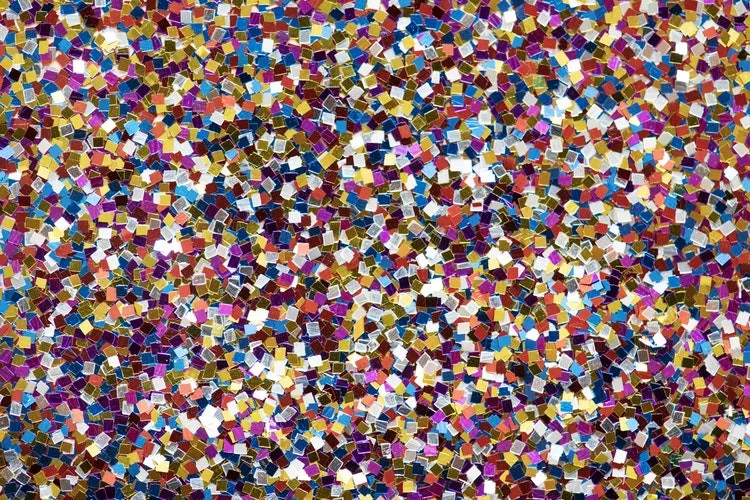Fear the machine that is more creative than you
Add bookmarkArtificial intelligence (AI) produced content will be as interesting as the brand that deploys it but what are the creative ramifications?

Source: Microsoft/John Roach
In January, Microsoft announced a new technology that could create photo real images just by reading the words you type. If you typed ‘yellow bird with a short beak’—then as if by magic a photographic image would be created on the fly. What are the creative ramifications of this technology? If it could be trusted to produce images for a brand, would we need designers? In the short term this technology isn’t threatening jobs, but it is representative of how creative AI is starting to change the way advertising works.
Advertisers have been using AI in adverts for a long time. Any service that uses an algorithm to serve up ads to its users and learns from the data can be considered to be using machine learning. What has changed is that there is a small army of startups who are using AI to produce the creative work in those ads.
“So now, brands have a choice. They can choose the slow and expensive human option that is based on feel and produces very little work. Or they can choose the fast and affordable AI driven service”
Creative AI can generate images, video, copy, music and dynamic media targeting. But is it better than the human alternative? The main difference is that these AI’s can research consumers by ingesting huge amounts of data instantaneously and create thousands of variants of content in seconds. So now, brands have a choice. They can choose the slow and expensive human option that is based on feel and produces very little work. Or they can choose the fast and affordable AI driven service that produces a huge number of different versions of assets that can all be optimized to the people viewing the content.
Creative AI can offer measurable value and effectiveness for brands because it can produce huge amounts of content in a heartbeat. Not only can it deliver volume, AI driven media buying can refine each element of the creative around what is working. Likewise, brands can take the one bit of creative their agency has given them and run with that.
“AI can’t create content from nothing—it requires input”
It’s natural to think that if all brands used AI to create content, all content would look the same. Deep down, many advertisers will admit this is the current state of affairs. Just like today’s human-driven content, AI created content will be as interesting as the brand that it makes it for. AI can’t create content from nothing—it requires input. So if a brand has a unique tone of voice and an interesting visual style then the AI content will deliver both of these things. The content will only be beige if the brand is beige in the first place.

Photo by rawpixel.com on Unsplash
Traditional agencies will have to defend themselves and their services against the onslaught of creative AI. They will tell their clients that it takes a human to really understand what it takes to create big ideas. But which brand needs a Big Idea (that isn’t guaranteed to work) if an AI can produce thousands of small ideas that are perfectly targeted to the consumer in that moment?
“A human should always have the final word on what ends up representing a brand”
That’s not to say we’re going to lose the need for a human touch. Brands should think long and hard about letting an AI represent their brand in public without a human keeping it in check. The builders of the Microsoft’s wayward chatbot Tay will attest to the fact that a human should always have the final word on what ends up representing a brand.
So let’s marvel at a clever machine that can conjure a beautiful yellow bird from thin air, but let’s keep it in a cage - for now.
Watch...
You may also be interested in…
The case for computers, creativity and natural language generation
The little guide of big 'IAdeas': Intelligent automation in the digital workforce
















